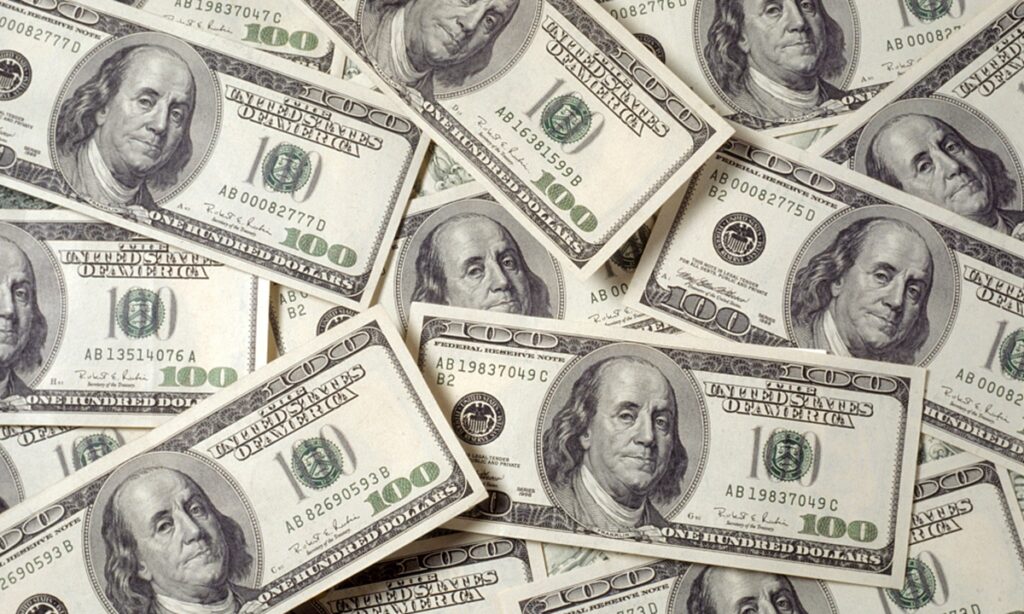Despite the US Federal Reserve’s adjustment on monetary policies, China has the conditions to keep the international payment and foreign exchange market balanced as the country’s ability to mitigate market risks is increasing, China’s State Administration of Foreign Exchange (SAFE) said Friday.
Wang Chunying, a spokesperson of the SAFE, said at a press briefing that the market began to hear voices about the Fed’s balance sheet reduction this year, which caused concerns about the Fed’s quantitative easing policy adjustment.
She said that the scale of this round of easing policies due to the pandemic is large, but the period is short. So, compared with the previous round of quantitative easing policies in 2008, the impact on the foreign exchange market is limited.
Since March last year, the Fed has expanded its balance sheet by $3.6 trillion, roughly the same amount when it expanded its balance sheet during the 2008 financial crisis. However, Wang said that there are differences between the two rounds of expansion.
“In the last round [of quantitative easing policy], the Fed carried out several rounds of monetary easing over a period of five years. This time, the Fed expanded the balance sheet to an extremely large scale for a short period of time,” Wang said.
From the perspective of the domestic foreign exchange market, Wang said that under this round of monetary easing policies, China has not accumulated excessive foreign debt , and its ability to mitigate market risks have been continuously improved.
“So, China has the conditions to maintain the equilibrium of the balance of international payments and the foreign exchange market, and provide a resource guarantee for resisting external impacts,” she said.
In addition, Wang also said that the “firewall” of China’s balance of payments is relatively strong, providing more resources to protect against external shocks. Both the current account and direct investment have maintained relatively stable surpluses, and a steady inflow of capital will help make the balance of payments more stable and resilient.
The foreign assets of the private sector have further accumulated, reaching $5.3 trillion at the end of 2020, an increase of 16 percent year-on-year, which can effectively cover foreign liabilities and debt repayment needs, she noted.
Photo:VCG


